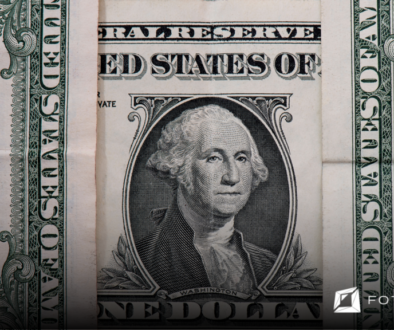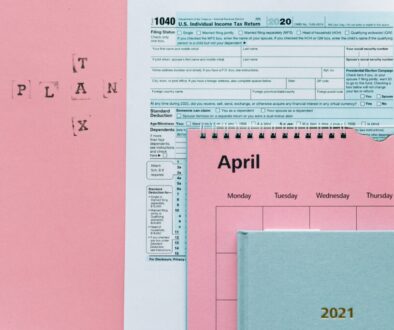4 Ways to Create Tax-Free Retirement Income
In building strong investment portfolios, a critical component is “diversification.” By diversifying, you spread your investments across different asset classes in order to limit your exposure to risk and reduce volatility over time. Most people are familiar with this type of diversification and why it’s important. However, many people are unfamiliar or unaware of another important type of diversification: tax diversification. You can diversify across three different types of tax treatments: taxable, tax-deferred, and tax-free. Taxable assets require taxes to be paid on any gains realized and dividends and interest received in the year they occur. Tax-deferred assets provide a tax advantage now by reducing taxable income and growing tax-free, but taxes are then owed upon withdrawal in retirement. Finally, tax-free assets are acquired with after-tax dollars, but they grow tax-free and can be withdrawn tax-free in retirement. Since we never know what the tax landscape will look like in the future, being diversified across different types of tax treatments allows you more flexibility and control over tax-smart income in retirement. In this regard, since tax-free assets grow tax-free and can be withdrawn tax-free, they are obviously the greatest weapon in your arsenal. In this article, we’ll show you five different ways you can create more tax-free retirement income.
1. Roth IRA
The easiest and most well-known method to create tax-free retirement income is to save to a Roth IRA. Roth IRA contributions are made with after-tax dollars (so you pay taxes on them before contributing), but they grow tax-free and can be withdrawn tax-free in retirement. For 2020, you can contribute up to $6,000 to a Roth IRA if you are under age 50, and $7,000 if you are over age 50.
You have to be careful with Roth IRA’s, however, since they possess income limit restrictions on making contributions. If you are over the income limits shown below, your Roth IRA contribution limits may be reduced or eliminated altogether.
Fortunately, the income limits don’t eliminate all of your Roth options.
2. Roth 401(k)/403(b)
If your employer-sponsored 401(k) or 403(b) offers a Roth portion, you have a powerful tool at your disposal for creating future tax-free retirement income. For 2020, the contribution limits for 401(k) ‘s and 403(b) ‘s are $19,500 for those age 50 and under, and $26,000 for those age 50 or older. There is no other type of retirement account that has this high of contribution limits. There are also no income limit restrictions for Roth 401(k) ‘s or 403(b) ‘s. No matter how much you make, you can always contribute up to the maximum.
However, don’t assume this fact means you should always and only contribute to your Roth portion. At some point, your income may grow high enough that pre-tax contributions will equate to more considerable tax savings now than in retirement.
3. Backdoor Roth IRA Conversion
If you are over the income limits listed above for standard Roth IRA contributions, it means you are also over the income limits for tax-deductible Traditional IRA contributions. If no other options were available to you, you would only be able to do the following:
Make a nondeductible after-tax Traditional IRA contribution. These funds would still grow tax-deferred, but you’d have to pay ordinary income tax again upon withdrawal in retirement.
Make pre-tax, Roth, and/or after-tax contributions to an employer-sponsored retirement plan (e.g., 401(k), 403(b)).
This is where the backdoor Roth IRA conversion tags in to play. In a backdoor Roth, you make a nondeductible Traditional IRA contribution and then immediately convert it to a Roth IRA. Since you already paid taxes on the contribution, no further tax is due, and you reap the benefits of tax-free growth and tax-free retirement income.
If you have access to an after-tax account you can also take advantage of what’s called a ‘mega’ backdoor Roth IRA conversion. After-tax accounts in a 401(k) are unique in that they allow you to contribute more to your 401(k) than the IRS rules stipulate for elective deferrals.
You can contribute up to $57,000 for 2020 between your elective deferrals, employer matches, and your after-tax contributions. In other words, if you contributed $19,500 on a pre-tax or Roth basis, and your employer matches $7,000, you could contribute another $30,500 to your 401(k) via your after-tax account.
However, the downside to after-tax accounts is that, since funds only grow tax-deferred, ordinary income tax is due again upon withdrawal in retirement. In order to avoid this aspect, you can take advantage of a mega backdoor Roth and convert those after-tax contributions to a Roth. Some plans will let you do an in-service conversion and move the funds to your Roth 401(k). If not, you’ll have to wait until you separate from service to rollover and convert to a Roth IRA.
Lastly, it’s important to note the pro-rata rule here for any sort of Roth IRA conversion strategy you pursue. The pro-rata rule is a formula used to determine what percentage of an IRA distribution is taxable when the IRA holds both pre-tax and after-tax contributions. You can avoid this by keeping pre-tax, and after-tax contributions separate; such as keeping old pre-tax 401(k) funds in a 401(k).
4. Health Savings Account (HSA)
While not meant specifically for tax-free retirement income, Health Savings Accounts (HSA’s) are the only triple tax-advantaged account and are a game-changer when it comes to managing taxes and covering health care costs in retirement. HSA’s have the following benefits:
- Pre-tax contributions. The money you contribute to your HSA reduces your taxable income.
- Tax-free growth. Any interest, dividends, or capital gains you earn are not taxed.
- Tax-free withdrawals for qualified medical expenses.
- At age 65, your HSA functions like a traditional IRA. You can withdraw funds at any time, you just have to pay ordinary income taxes.
Funds can be invested.
For 2020, the contribution limits are $3,550 for individuals and $7,100 for families, including any employer contributions. If you are age 55 or older, you can make an additional “catch-up” contribution of $1,000 per year, and your spouse can do the same if age 55 or older as well.
The downside to an HSA is that it can only be used in conjunction with a high-deductible health plan and no other insurance. For 2020, these deductibles are a minimum of $1,400 for individuals and $2,800 for families. That means you have to pay all medical expenses out of pocket up until you hit that high annual deduction. In other words, an HSA may not be the right choice for you if you have recurring or expensive medical costs. In general, you want to let an HSA grow like any other retirement account if you wish to reap its full rewards.
The Bottom Line
There are lots of ways to create tax-free retirement income. Finding the right solution for you depends entirely on your own unique situation. Your current income level, tax bracket, and savings capacity must all be taken into account. You must also take into account any estimated future tax burdens and income sources.
Securities and Advisory Services offered through Calton & Associates, Inc., dba Forefront Wealth Partners, Member FINRA/SIPC. OSJ: 2701 N. Rocky Point Drive, Suite 1000, Tampa, FL 33607 (813) 264-0440. Calton & Associates, Inc. does not provide legal or tax advice. Forefront Wealth Partners and Calton & Associates, Inc. are separate entities.






